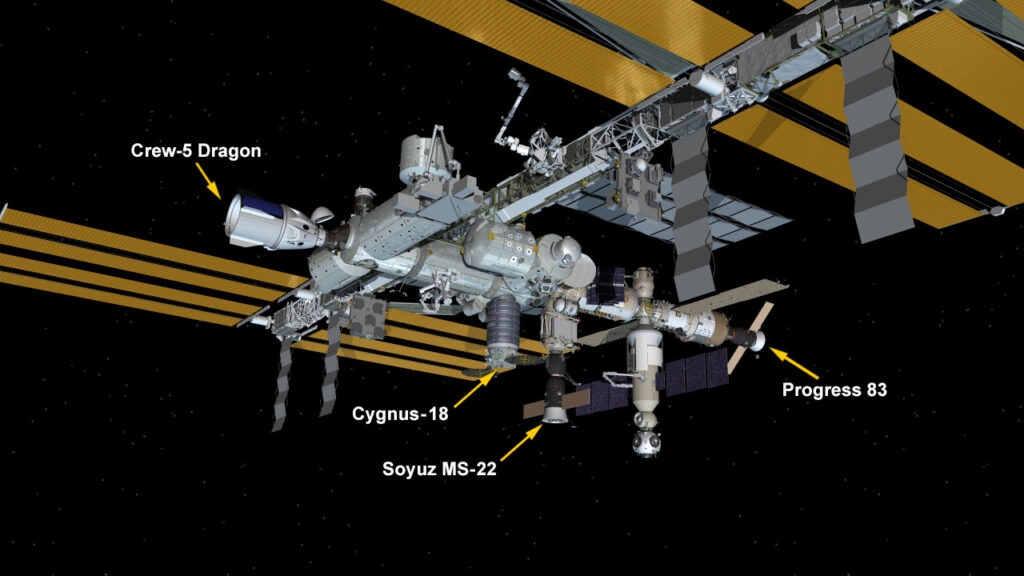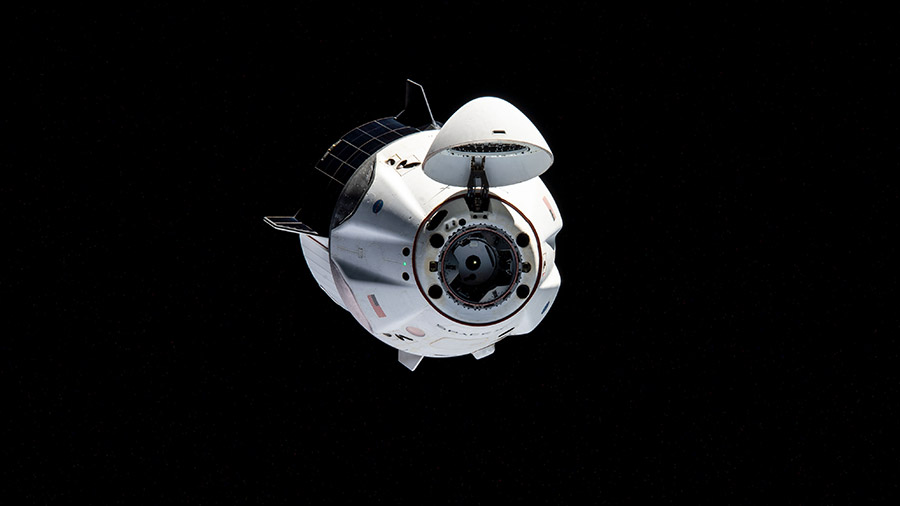
Brand new science is underway at the International Space Station with two new crews and a cargo ship arriving in March to replenish the Expedition 70 crew. The orbital residents explored a variety of space health technologies and more on Thursday.
NASA Flight Engineer Tracy C. Dyson, who is on her third spaceflight, worked in the Columbus laboratory module swapping hardware for a new experiment seeking to demonstrate 3D printing of antimicrobial parts in space. The investigation named Copper Anti-Microbial Prints, or CAMP, is examining the effectiveness of producing medical devices on-demand and how microgravity affects their anti-microbial properties.
NASA Flight Engineer Loral O’Hara processed messenger RNA (mRNA) and protein samples in the Life Science Glovebox for an experiment, recently delivered aboard the SpaceX Dragon cargo craft, to investigate nanomaterials that mimic DNA. The study, called DNA Nano Therapeutics-Demo 2, is exploring space-manufactured DNA nanomaterials in order to produce therapeutics that may benefit travelers in space and humans on Earth.
One space-caused phenomenon that concerns researchers is the headward fluid shifts that occur in astronauts. Once in space, a crewmember’s body fluids begin to flow upward affecting their eye structure and vision. Another more visible result is commonly called “puffy face.” NASA astronauts Matthew Dominick and Jeanette Epps partnered together Thursday afternoon and tested a specialized thigh cuff that may counteract these fluid shifts. Dominick wore the cuff on his leg and took ultrasound scans with assistance from Epps and doctors on Earth. Results may also impact treatments for fluid accumulations caused by Earth-bound conditions.
NASA astronaut Mike Barratt spent his day on space biology participating in the CIPHER suite of 14 human research studies. He participated in a series of cognition and robotics tests then collected his blood and urine samples for analysis. Results from the expansive investigation may provide scientists insights into the physiological and psychological effects of living in space long-term.
Roscosmos cosmonaut Oleg Novitskiy and Belarus spaceflight participant Marina Vasilevskaya, along with Dyson, are in their first week aboard the orbital outpost. Novitskiy and Vasilevskaya will return to Earth on April 6 bringing home O’Hara who has been aboard the station since Sept. 15. Dyson will stay in space until early fall.
Novitskiy joined his fellow cosmonauts Oleg Kononenko and Nikolai Chub and replaced hardware components inside the Soyuz MS-24 and MS-25 crew ships. Chub then teamed up with new cosmonaut Alexander Grebenkin and studied blood flow and cell respiration for a Roscosmos life science study. Vasilevskaya, with assistance from Chub, recorded her heart rate and tested a specialized suit’s theorized ability to help a crew member readjust to Earth’s gravity.
Learn more about station activities by following the space station blog, @space_station and @ISS_Research on X, as well as the ISS Facebook and ISS Instagram accounts.
Get weekly video highlights at: https://roundupreads.jsc.nasa.gov/videoupdate/
Get the latest from NASA delivered every week. Subscribe here: www.nasa.gov/subscribe



